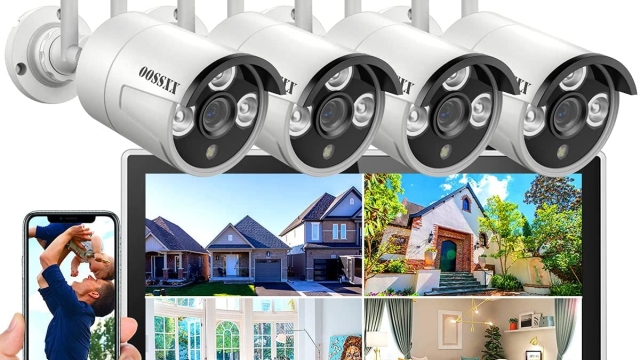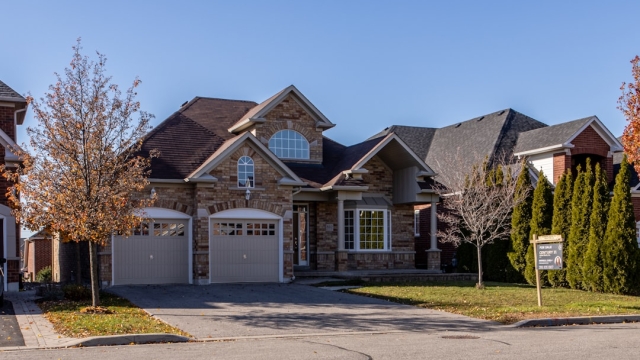
In a world that is constantly evolving, the importance of safety and security has never been more pronounced. As urban centers grow and communities expand, the need for effective measures to protect our homes, businesses, and public spaces becomes paramount. One of the most significant advancements in this arena is the proliferation of security cameras. These unblinking watchful eyes serve not only as a deterrent to potential wrongdoers but also as a means to ensure peace of mind for everyone.
The presence of security cameras has transformed our approach to safety. With their ability to monitor activities in real-time and record footage for future reference, they play a crucial role in crime prevention and investigation. Whether mounted on street corners, nestled within homes, or integrated into commercial spaces, these devices have become ubiquitous in our daily lives, reflecting society’s commitment to enhancing security in both private and public realms.
The Evolution of Security Cameras
The journey of security cameras began in the mid-twentieth century with the introduction of closed-circuit television, or CCTV. These early systems were bulky and expensive, primarily used by government facilities and large businesses. The technology was limited, and the footage was often grainy and hard to analyze. Despite these challenges, the potential of security cameras was recognized early on, laying the groundwork for future advancements.
As technology progressed, the 1990s saw a significant shift with the arrival of digital cameras. The transition to digital recording not only improved video quality but also made it easier to store and access footage. Innovations such as motion detection and time-lapse recording added layers of functionality that enhanced security capabilities. This evolution marked a turning point, as security cameras became more accessible to homes and small businesses, broadening their use beyond institutional settings.
In recent years, the introduction of internet-enabled cameras has transformed security monitoring. Smart security cameras now offer real-time access to video feeds from anywhere in the world, allowing users to monitor their properties from smartphones and tablets. Advanced features like facial recognition and artificial intelligence have taken surveillance to a new level, making security cameras not just tools for recording but sophisticated systems for proactive safety. The evolution of security cameras continues to shape how we approach safety in our modern lives.
Benefits of Surveillance Systems
Surveillance systems, particularly security cameras, play a crucial role in enhancing safety across various environments. One of the primary benefits is the deterrence of crime. The mere presence of security cameras serves as a warning to potential offenders, making them think twice before attempting any unlawful activities. Studies have shown that areas equipped with visible security camera systems experience significantly lower crime rates, contributing to a sense of safety for residents and business owners alike.
In addition to crime deterrence, security cameras provide invaluable evidence in the event of incidents. When an occurrence takes place, such as a theft or vandalism, recorded footage can be instrumental in identifying suspects and providing law enforcement with crucial information. This not only aids in investigations but can also facilitate insurance claims and accountability, ensuring that justice is served. The ability to review footage enhances awareness and promotes a culture of responsibility among individuals in the monitored areas.
Moreover, modern security camera systems often come equipped with advanced technology, including motion detection and remote monitoring capabilities. Users can access live feeds from their cameras through smartphones or computers, allowing for real-time observation of their properties. This feature proves especially beneficial for business owners, who can oversee their establishments even when physically away, ensuring ongoing vigilance and reducing the risk of losses. Overall, the integration of security cameras into safety protocols offers comprehensive protection and peace of mind for everyone involved.
The Future of Security Technology
The future of security technology is set to transform how we approach safety and surveillance. With advancements in artificial intelligence and machine learning, security cameras are becoming smarter and more autonomous. These technologies will enable cameras to analyze footage in real time, identifying threats and alerting security personnel immediately. This proactive approach will minimize response times and enhance overall safety in both residential and commercial spaces.
Click Here
Furthermore, the integration of the Internet of Things will allow security cameras to communicate with other devices and systems seamlessly. Smart home technologies will include cameras that not only monitor surroundings but also interact with alarms, lights, and locks to create a comprehensive security network. These interconnected systems will enhance the ability to detect anomalies and will empower users to have greater control over their environments.
As data privacy concerns grow, the future of security camera technology will also need to address these issues head-on. Innovations in encryption and data management will be essential to ensure that the information captured by cameras is secure and used responsibly. This balance between enhanced surveillance capabilities and personal privacy will be crucial in shaping public perception and acceptance of security cameras in daily life.


